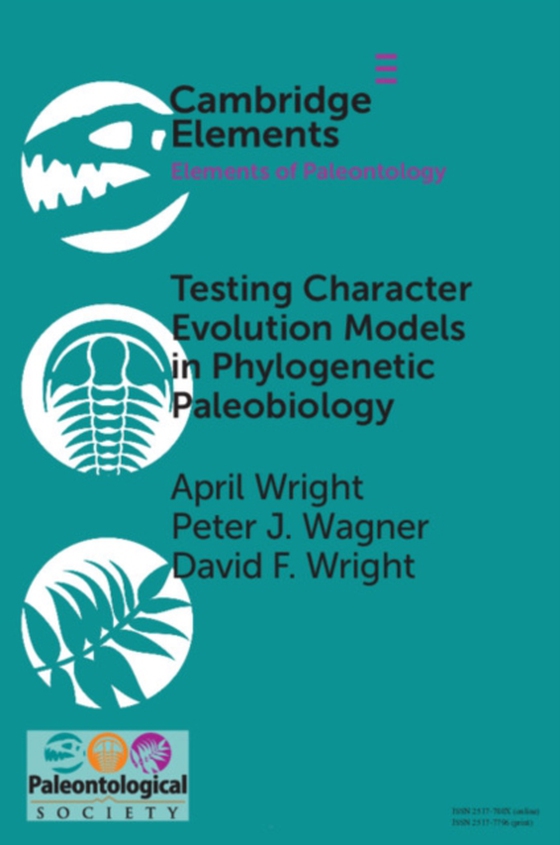
Testing Character Evolution Models in Phylogenetic Paleobiology e-bog
165,78 DKK
(inkl. moms 207,22 DKK)
Macroevolutionary inference has historically been treated as a two-step process, involving the inference of a tree, and then inference of a macroevolutionary model using that tree. Newer models blend the two steps. These methods make more complete use of fossils than the previous generation of Bayesian phylogenetic models. They also involve many more parameters than prior models, including para...
E-bog
165,78 DKK
Forlag
Cambridge University Press
Udgivet
26 august 2021
Genrer
Evolution
Sprog
English
Format
epub
Beskyttelse
LCP
ISBN
9781009058728
Macroevolutionary inference has historically been treated as a two-step process, involving the inference of a tree, and then inference of a macroevolutionary model using that tree. Newer models blend the two steps. These methods make more complete use of fossils than the previous generation of Bayesian phylogenetic models. They also involve many more parameters than prior models, including parameters about which empiricists may have little intuition. In this Element, we set forth a framework for fitting complex, hierarchical models. The authors ultimately fit and use a joint tree and diversification model to estimate a dated phylogeny of the Cincta (Echinodermata), a morphologically distinct group of Cambrian echinoderms that lack the fivefold radial symmetry characteristic of extant members of the phylum. Although the phylogeny of cinctans remains poorly supported in places, this Element shows how models of character change and diversification contribute to understanding patterns of phylogenetic relatedness and testing macroevolutionary hypotheses.
 Dansk
Dansk

